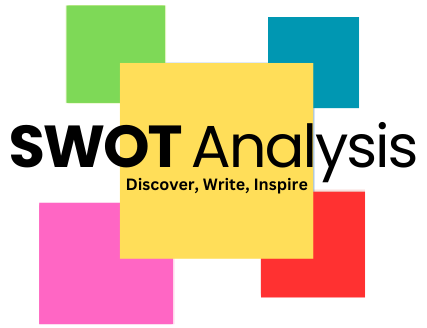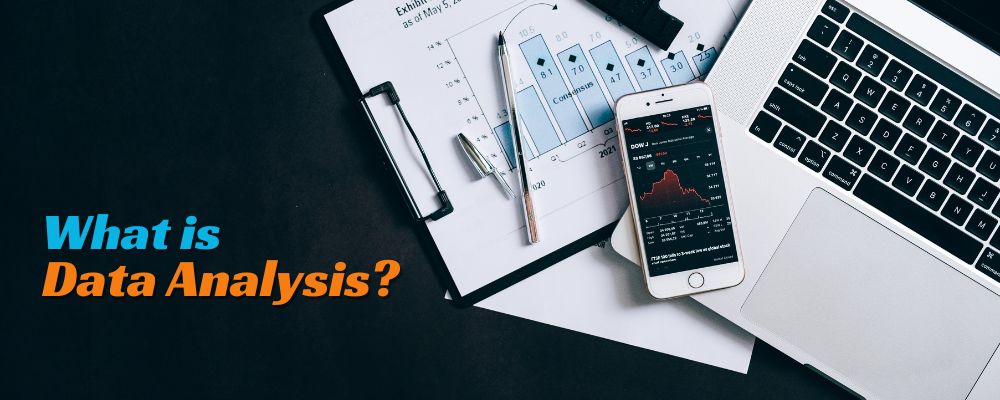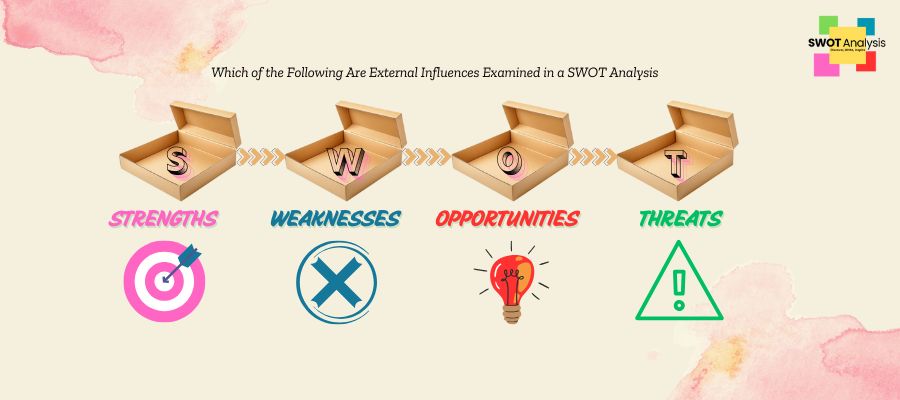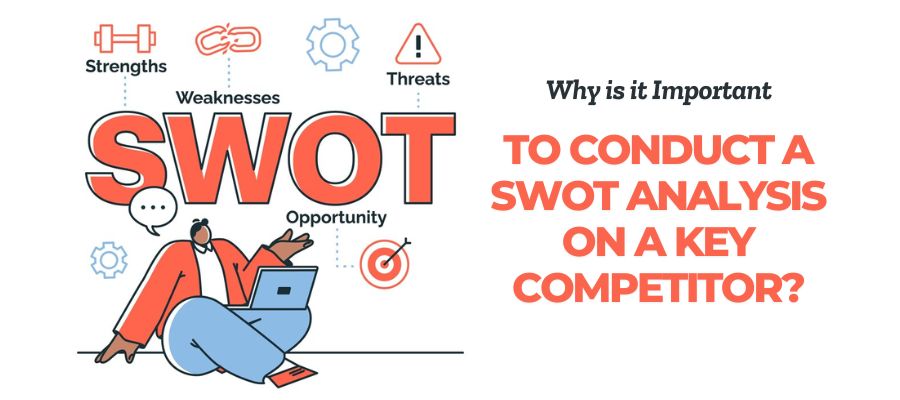I. Introduction
A. What Is Data Analysis?
Data analysis is the process of collecting, cleaning, transforming, and interpreting data to extract meaningful insights and support decision-making. It involves working with raw data, which is unprocessed, and transforming it into valuable information that can drive actions. This systematic approach allows businesses and individuals to make informed choices, improve efficiency, and identify growth opportunities.
B. Importance of Data Analysis in Modern Decision-Making
In today’s world, where businesses and organizations are dealing with large amounts of big data, data analysis has become an indispensable tool. Companies rely on data analytics to drive strategies, enhance productivity, and predict future trends. Whether it’s understanding customer behavior or improving operational efficiency, data analysis provides actionable insights that help shape better decision-making processes.
II. Understanding Data Analysis
A. Explanation of Data Analytics and Its Significance
Data analytics refers to the science of examining raw data to derive conclusions. It involves using various data analysis techniques such as statistical analysis, predictive analytics, and regression analysis to analyze data and uncover patterns. The ability to leverage data analytics enables businesses to make more informed decisions, avoid potential risks, and capitalize on opportunities.
B. Types of Data: Structured vs. Unstructured Data
Data can be classified into two main categories: structured data and unstructured data.
- Structured data refers to data that is organized in a predefined manner, such as databases or spreadsheets. Examples include customer names, phone numbers, and sales records.
- Unstructured data, on the other hand, lacks a specific format. It includes emails, social media posts, videos, and more complex data sources that are harder to organize and process. Both types of data play critical roles in data analysis and require different tools and techniques to analyze effectively.
C. The Role of Data Analysts and Data Scientists in the Analysis Process
Data analysts and data scientists are professionals who help organizations make sense of their data. While both roles involve analyzing data sets, their responsibilities vary slightly:
- Data analysts focus on interpreting quantitative data, identifying trends, and generating reports.
- Data scientists delve deeper into more complex problems, often creating models using predictive analysis and machine learning to forecast outcomes and inform business strategies.
Also Read: How to Create a Personal SWOT Analysis to Reach Your Goals
III. The Data Analysis Process
A. Steps Involved in Data Analysis
The data analysis process involves several key steps:
- Data collection and data sources: Gathering data from various data sources such as surveys, databases, or online platforms.
- Data processing and data management: Cleaning and organizing the data to ensure accuracy and consistency. This is where data engineers play a crucial role in maintaining data infrastructure.
- Analyzing raw data and data sets: Applying data analysis techniques to identify patterns, correlations, and trends.
B. Techniques Used in Data Analysis
- Statistical analysis and regression analysis: Statistical methods help identify relationships between variables and measure the significance of the results. Regression analysis is used to understand how different factors impact each other.
- Predictive analytics and data mining: Predictive analytics uses historical data to forecast future trends, while data mining involves discovering patterns in large data pool.
- Data visualization tools and techniques: Visualizing data through charts, graphs, and dashboards makes it easier to understand complex data and present findings to stakeholders.
IV. Leveraging Data for Improved Decision-Making
A. How Data Analysis Informs the Best Course of Action
By applying data analysis to business operations, organizations can identify the best course of action based on real-time data. For example, a company can use data analytics to understand customer preferences, adjust product offerings, and increase revenue. Analytics tools help decision-makers evaluate different strategies, test outcomes, and choose the most effective one.
B. The Impact of Data-Driven Decisions on Business Outcomes
Data-driven decisions often lead to better outcomes, including cost savings, improved efficiency, and enhanced customer satisfaction. By using data to guide decision-making, companies can make more accurate predictions, minimize risks, and optimize performance.
C. Case Studies or Examples of Successful Data Analysis Applications
- Case Study 1: An online retail company used data mining to analyze customer purchasing behavior, leading to a 20% increase in sales. By understanding which products were often bought together, the company created targeted marketing campaigns and personalized offers.
- Case Study 2: A healthcare provider used predictive analytics to forecast patient demand and optimize resource allocation. By leveraging historical data, they were able to reduce wait times and improve patient satisfaction.
Conclusion
In an era dominated by information, data analysis is an essential tool that helps organizations make better decisions. By understanding and applying data analysis techniques, businesses can gain deeper insights into their operations, predict future trends, and make data-driven decisions that positively impact their bottom line. Whether you’re analyzing structured or unstructured data, the ability to use data analytics effectively can transform your decision-making process.
FAQ
Q. What Is Data Analysis? (With Examples)
Data analysis is the process of systematically collecting, processing, and interpreting data to extract meaningful insights. For example, a company might analyze customer feedback to improve product features or study sales data to identify seasonal trends.
Q. What Are Beginner-Friendly Data Analysis Courses?
Many online platforms are offering beginner-friendly courses on data analysis, including:
- Coursera: “Introduction to Data Science”
- Udemy: “Data Analysis with Python”
- edX: “Data Analytics for Decision Making”
Q. What Are the Top Skills for a Data Analyst?
To succeed as a data analyst, you need strong skills in:
- Data visualization
- Statistical analysis
- Data management
- Proficiency with analytics tools like Excel, SQL, and Python
Q. What Exactly Do Data Analysts Do?
Data analysts collect, clean, and analyze data to identify trends and generate actionable insights. They often use analysis tools and data visualization techniques to communicate findings to decision-makers.
Q. What is a Key Benefit of Data Analysis?
A key benefit of data analysis is the ability to make data-driven decisions, reducing uncertainty and improving business outcomes.
Q. What Are the 4 Types of Data in Data Analysis?
The four types of data are:
- Nominal data (categories, e.g., names)
- Ordinal data (ranked data, e.g., ratings)
- Interval data (measured along a scale, e.g., temperature)
- Ratio data (measurable quantities, e.g., weight)
Also Read: HellCage





